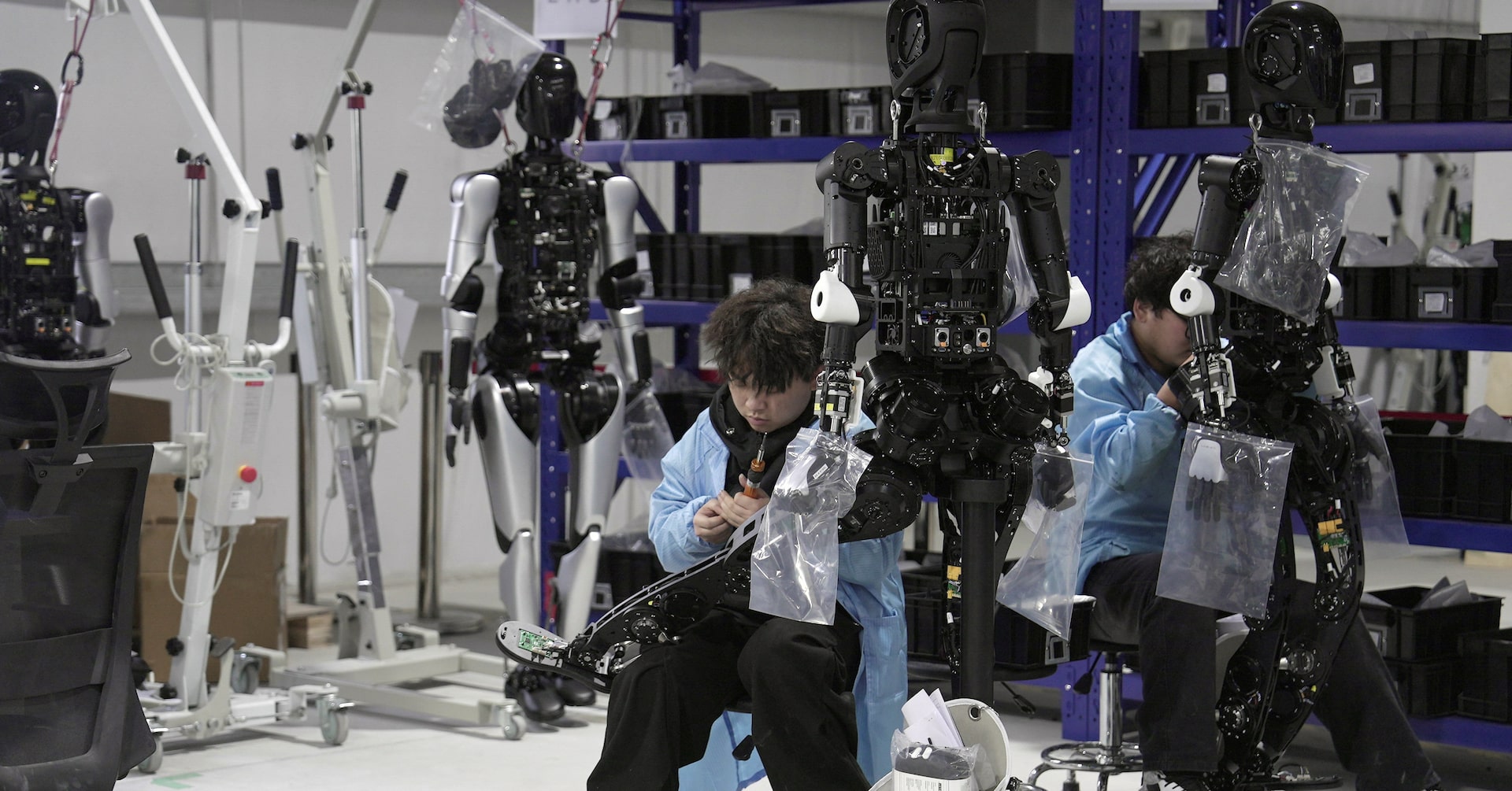BEIJING, March 17 (Reuters) – China’s retail sales growth accelerated in January-February, signaling a positive response to policymakers’ efforts to boost domestic consumption, despite rising unemployment and slowing factory output, which highlight the strains on an economy facing renewed U.S. tariff pressure.
Policymakers have prioritized expanding domestic demand this year to mitigate the impact of the Trump administration’s tariffs on its critical export sector.
China’s top leaders have maintained an economic growth target of “around 5%” for 2025, but analysts say this may be challenging given the pressure on exports, weak household demand, and a prolonged property crisis.
The data follows weaker-than-expected exports and inflation indicators earlier this month, emphasizing the need for more policy support to foster a sustainable economic recovery.
“The risk to the economy is the damage from higher U.S. tariffs on China’s exports which will likely show up in the trade data over the next few months,” said Zhiwei Zhang, chief economist at Pinpoint Asset Management.
“I think Beijing will continue its current policy stance. There is no urgency to loosen monetary policy by cutting RRR or interest rate at this stage,” he added, noting that policymakers might wait a few months before cutting rates due to trade uncertainties.
Data from the National Bureau of Statistics (NBS) showed retail sales, a measure of consumption, increased by 4.0% in the January-February period, better than the 3.7% rise in December and marking the fastest rate since November 2024. Analysts had anticipated retail sales to grow by 4.0%.
Household consumption in the first two months was supported by holiday spending during the 8-day Lunar New Year holidays, when China’s box office saw record takings with the animated hit “Nezha 2”.
At the annual parliament meeting earlier this month, China’s leaders promised stronger fiscal and monetary support for the economy, with a focus on stimulating domestic consumption.
Among other measures, they have allocated 300 billion yuan ($41.5 billion) for a recently-expanded consumer goods trade-in scheme for electric vehicles, appliances, and other goods.
“Retail sales growth was decent, reflecting the vital role of subsidies in supporting home appliance and mobile phone sales,” said Tianchen Xu, senior economist at the Economist Intelligence Unit.
However, the effect of the scheme may “fade over time,” with auto sales already declining in the first two months, he added.
The NBS data showed home appliance and audio-visual device sales grew by 10.9%, compared to December’s 39.3% increase. Catering revenue, however, rose by 4.3% due to the festival boost, faster than the 2.7% rise in December.
On Sunday, China unveiled a “special action plan” to boost domestic consumption, featuring measures such as increasing residents’ income and establishing a childcare subsidy scheme.
Officials from the country’s top economic ministries will brief the media on consumption-boosting measures later on Monday.
Chinese stocks were roughly flat as investors evaluated the mixed set of economic data.
Highlighting the stress facing households, the urban survey-based jobless rate in February climbed to 5.4%, the highest in two years.
U.S. President Donald Trump has imposed an additional 20% tariff on all Chinese goods and is threatening further action. Exports were one of the few bright spots for China’s economy last year.
With factories temporarily shutting down during the Lunar New Year holidays, China’s industrial output grew by 5.9% year-on-year in the first two months, slowing from the 6.2% expansion in December. However, it exceeded expectations for a 5.3% rise.
China publishes data for the two months in a combined release to smooth out the impact of the Lunar New Year holidays, which can fall in either of the two months.
Fixed asset investment, including property and infrastructure investment, expanded by 4.1% year-on-year in the January-February period, versus expectations for a 3.6% rise. It grew by 3.2% in 2024.
The real estate sector, while showing some improvement, remained fragile and underscored low investor confidence.
Property investment fell by 9.8% in the first two months of 2025 year-on-year, after plummeting by 10.6% in 2024. An NBS spokesperson said the country’s housing market faces some pressure despite signs of stabilization.
This suggests policymakers will face challenges in maintaining economic stability amid the threat of more U.S. tariffs.
In a note to clients, Goldman Sachs analysts said the boost from exporters’ frontloading late last year may have subsided, and the adverse effect from higher U.S. tariffs may have started to take effect.
“January-February activity data and our high-frequency tracker for early March pointed to a modest slowdown in sequential GDP growth momentum in the first quarter vs the fourth quarter in 2024.”
For 2025 as a whole, some analysts say the growth impulse could be uneven.
“China’s economy had a decent start to the year, likely driven by fiscal stimulus,” said Zichun Huang, China economist at Capital Economics.
“We expect the recovery to continue over the coming months, but given the wider headwinds weighing on China’s economy, we don’t expect any near-term improvement to be sustained for long.”
($1 = 7.2308 Chinese yuan renminbi)
— news from Reuters
